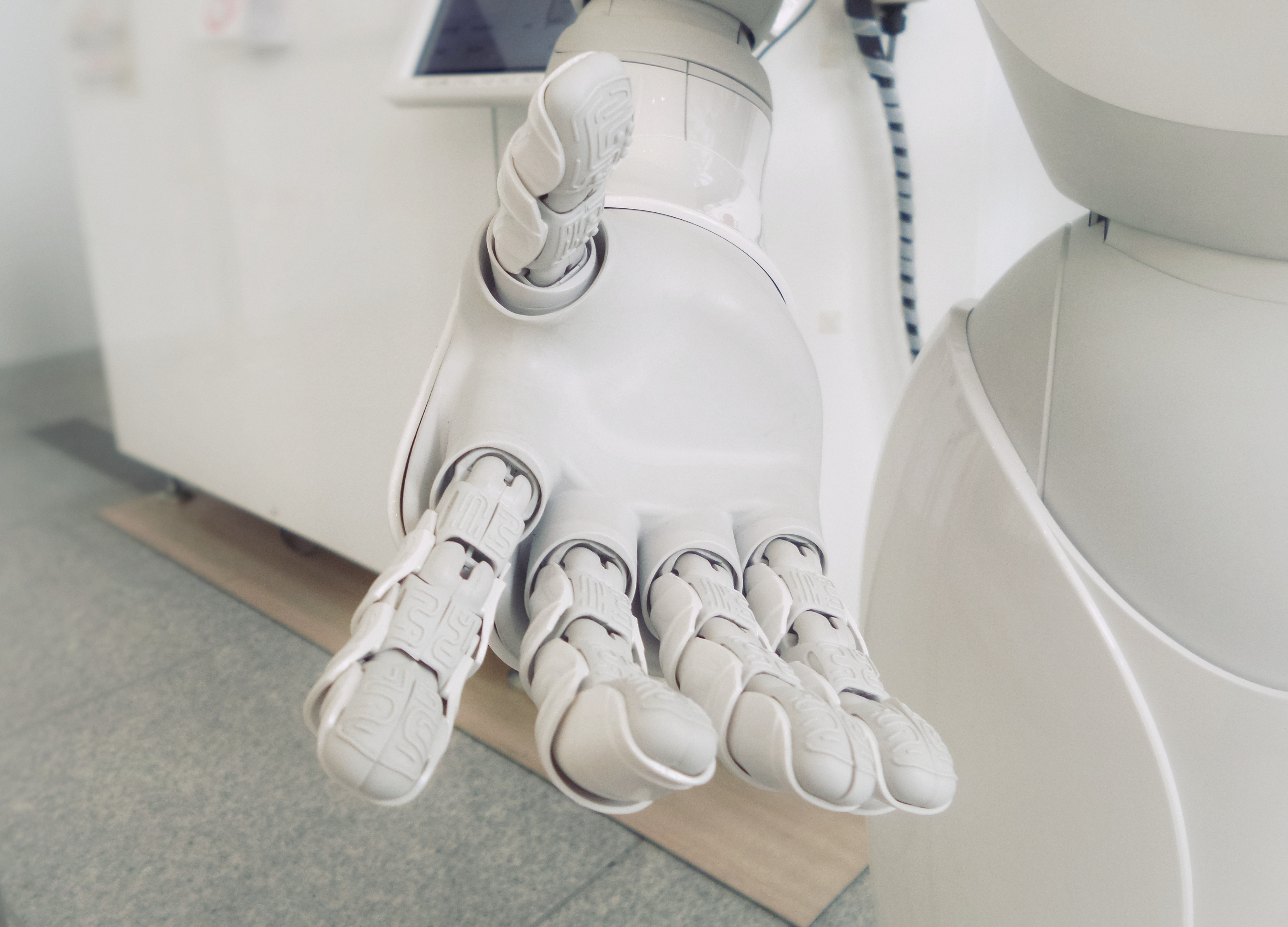
How Do ChatGPT, Google’s PaLM 2, and Claude 2 Measure Up?
How Do ChatGPT, Google’s PaLM 2, and Claude 2 Measure Up?
How Do ChatGPT, Google’s PaLM 2, and Claude 2 Measure Up?
Dec 5, 2023


The development of AI conversational models has led to the creation of sophisticated systems capable of simulating human-like interactions. Among the most notable are OpenAI’s ChatGPT versions 3.5 and 4, Google’s PaLM 2, and Anthropic’s Claude 2.
Each model has its set of features and specialties, and when offered together on a platform like Aivia, they can provide users with a comprehensive toolset for various conversational needs.
ChatGPT 3.5 vs ChatGPT 4
OpenAI’s ChatGPT has undergone a significant upgrade from version 3.5 to 4. The newer version boasts a larger context window, capable of remembering and integrating up to 25,000 words of a conversation. This is an improvement over its predecessor, enabling it to engage in more complex and lengthy discussions. ChatGPT 4 is also recognized for its enhanced accuracy and more sophisticated responses.
Google’s PaLM 2
Google’s PaLM 2 is a Large Language Model (LLM) that demonstrates Google’s commitment to machine learning and responsible AI. It excels at understanding and generating nuanced text, including idioms, poems, and riddles, and can translate across diverse languages and contexts. PaLM 2’s reasoning abilities have been highlighted, showing an aptitude for more logical and structured problem-solving.
Anthropic’s Claude 2
Claude 2 from Anthropic has made its name with improved performance and enhanced safety features. It shows notable improvements in coding abilities, scoring significantly higher on coding tests like the CodexHumanEval Python test. Claude 2’s reasoning skills have also been upgraded, and it is used in applications such as coding assistants to aid in writing, fixing, and maintaining code.
Differences and How They Complement Each Other on Aivia
The differences among these models lie in their design, training, and ethical considerations. ChatGPT 4’s extended memory is well-suited for detailed conversations that demand tracking of multiple threads. Google’s PaLM 2 is positioned for tasks that need a high level of creativity and ethical sensitivity. Claude 2 is tailored for scenarios where safety and transparency are paramount.
On Aivia, users can choose from these distinct AI models based on the specific demands of their conversational tasks. They can switch between models to benefit from each one’s strengths, which improves accuracy and provides a richer perspective on inquiries. The availability of these models in one interface allows for a practical comparison of responses, enhancing user experience.
Aivia’s selection of diverse AI models reflects a commitment to offering users a broad range of conversational tools. This choice empowers users to find the most effective AI for their particular context, combining the distinct capabilities of ChatGPT, PaLM 2, and Claude 2 to address a wide array of conversational challenges.
AI Model Comparison for Industry Applications
Discover the unique benefits and ideal industry applications for each AI chat model in our comparative overview below:

The development of AI conversational models has led to the creation of sophisticated systems capable of simulating human-like interactions. Among the most notable are OpenAI’s ChatGPT versions 3.5 and 4, Google’s PaLM 2, and Anthropic’s Claude 2.
Each model has its set of features and specialties, and when offered together on a platform like Aivia, they can provide users with a comprehensive toolset for various conversational needs.
ChatGPT 3.5 vs ChatGPT 4
OpenAI’s ChatGPT has undergone a significant upgrade from version 3.5 to 4. The newer version boasts a larger context window, capable of remembering and integrating up to 25,000 words of a conversation. This is an improvement over its predecessor, enabling it to engage in more complex and lengthy discussions. ChatGPT 4 is also recognized for its enhanced accuracy and more sophisticated responses.
Google’s PaLM 2
Google’s PaLM 2 is a Large Language Model (LLM) that demonstrates Google’s commitment to machine learning and responsible AI. It excels at understanding and generating nuanced text, including idioms, poems, and riddles, and can translate across diverse languages and contexts. PaLM 2’s reasoning abilities have been highlighted, showing an aptitude for more logical and structured problem-solving.
Anthropic’s Claude 2
Claude 2 from Anthropic has made its name with improved performance and enhanced safety features. It shows notable improvements in coding abilities, scoring significantly higher on coding tests like the CodexHumanEval Python test. Claude 2’s reasoning skills have also been upgraded, and it is used in applications such as coding assistants to aid in writing, fixing, and maintaining code.
Differences and How They Complement Each Other on Aivia
The differences among these models lie in their design, training, and ethical considerations. ChatGPT 4’s extended memory is well-suited for detailed conversations that demand tracking of multiple threads. Google’s PaLM 2 is positioned for tasks that need a high level of creativity and ethical sensitivity. Claude 2 is tailored for scenarios where safety and transparency are paramount.
On Aivia, users can choose from these distinct AI models based on the specific demands of their conversational tasks. They can switch between models to benefit from each one’s strengths, which improves accuracy and provides a richer perspective on inquiries. The availability of these models in one interface allows for a practical comparison of responses, enhancing user experience.
Aivia’s selection of diverse AI models reflects a commitment to offering users a broad range of conversational tools. This choice empowers users to find the most effective AI for their particular context, combining the distinct capabilities of ChatGPT, PaLM 2, and Claude 2 to address a wide array of conversational challenges.
AI Model Comparison for Industry Applications
Discover the unique benefits and ideal industry applications for each AI chat model in our comparative overview below:

The development of AI conversational models has led to the creation of sophisticated systems capable of simulating human-like interactions. Among the most notable are OpenAI’s ChatGPT versions 3.5 and 4, Google’s PaLM 2, and Anthropic’s Claude 2.
Each model has its set of features and specialties, and when offered together on a platform like Aivia, they can provide users with a comprehensive toolset for various conversational needs.
ChatGPT 3.5 vs ChatGPT 4
OpenAI’s ChatGPT has undergone a significant upgrade from version 3.5 to 4. The newer version boasts a larger context window, capable of remembering and integrating up to 25,000 words of a conversation. This is an improvement over its predecessor, enabling it to engage in more complex and lengthy discussions. ChatGPT 4 is also recognized for its enhanced accuracy and more sophisticated responses.
Google’s PaLM 2
Google’s PaLM 2 is a Large Language Model (LLM) that demonstrates Google’s commitment to machine learning and responsible AI. It excels at understanding and generating nuanced text, including idioms, poems, and riddles, and can translate across diverse languages and contexts. PaLM 2’s reasoning abilities have been highlighted, showing an aptitude for more logical and structured problem-solving.
Anthropic’s Claude 2
Claude 2 from Anthropic has made its name with improved performance and enhanced safety features. It shows notable improvements in coding abilities, scoring significantly higher on coding tests like the CodexHumanEval Python test. Claude 2’s reasoning skills have also been upgraded, and it is used in applications such as coding assistants to aid in writing, fixing, and maintaining code.
Differences and How They Complement Each Other on Aivia
The differences among these models lie in their design, training, and ethical considerations. ChatGPT 4’s extended memory is well-suited for detailed conversations that demand tracking of multiple threads. Google’s PaLM 2 is positioned for tasks that need a high level of creativity and ethical sensitivity. Claude 2 is tailored for scenarios where safety and transparency are paramount.
On Aivia, users can choose from these distinct AI models based on the specific demands of their conversational tasks. They can switch between models to benefit from each one’s strengths, which improves accuracy and provides a richer perspective on inquiries. The availability of these models in one interface allows for a practical comparison of responses, enhancing user experience.
Aivia’s selection of diverse AI models reflects a commitment to offering users a broad range of conversational tools. This choice empowers users to find the most effective AI for their particular context, combining the distinct capabilities of ChatGPT, PaLM 2, and Claude 2 to address a wide array of conversational challenges.
AI Model Comparison for Industry Applications
Discover the unique benefits and ideal industry applications for each AI chat model in our comparative overview below:


Try 14 Days for Free
Start